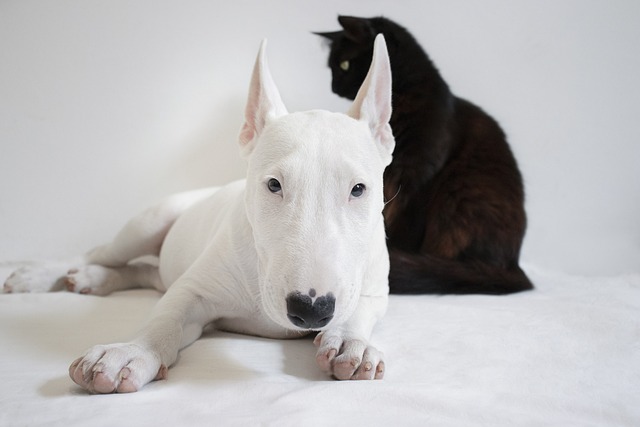
How do i train my dog to be obedient?
Watching your dog dart across the park ignoring your calls isn’t just frustrating—it can put them at risk near busy streets or public spaces.
The dream of a well-behaved dog who walks politely on a leash and greets guests calmly often clashes with the reality of jumping, pulling, and counter-surfing. Training your dog to behave isn't about enforcing obedience through dominance; it's about clear communication and teaching them what to do instead of punishing what not to do. The most effective method, backed by modern behavioral science, is positive reinforcement training. This means rewarding the behaviors you want to see, which makes your dog more likely to repeat them. Dogs repeat what works for them. If jumping up gets your attention (even negative attention), it works. If sitting politely gets a delicious treat, that works even better. Your job is to make the right choice the most rewarding one.
Start with the basics: a solid "sit," "stay," and "come." These are the building blocks of good manners. Use high-value treats—something your dog goes crazy for, like small pieces of chicken or cheese—and reward them the instant they perform the desired action. Keep training sessions short, about 5-10 minutes, and always end on a positive note. Management is just as important as active training. Use baby gates to block off rooms, keep shoes in the closet, and store food out of reach. This prevents your dog from practicing bad behaviors in the first place, setting them up for success. For more complex issues like leash pulling, teach them that tension on the leash means stopping, while a loose leash means moving forward and getting rewards. This requires patience and consistency, but it creates a lasting understanding.

This reward-based philosophy is the standard for responsible dog ownership in the U.S. and Europe, aligning with animal welfare laws in many regions that increasingly frown upon aversive training tools. It’s about building a relationship of trust and mutual respect. This mindful approach extends directly to your role in the community. A well-behaved dog is a good canine citizen, and that includes respecting public space. Before heading out for a training walk, ensure your dog is wearing a valid rabies vaccination tag on their collar—this is a non-negotiable legal requirement for public safety. Furthermore, part of training your dog to "behave" means you must behave responsibly too. This means always, without exception, carrying a supply of poop bags and immediately cleaning up after your dog. Failing to do so is a finable offense in virtually every American municipality and is considered one of the biggest breaches of community etiquette.
For those in apartments, training good behavior is especially critical. This means explicitly working on skills like settling calmly when the doorbell rings, not barking at noises in the hallway, and behaving politely in tight elevator spaces. Use those high-value treats to reward quiet and calm behavior in these distracting environments. Always be prepared to manage space; if you see a neighbor with a dog at the elevator, simply smile and wait for the next one to avoid a stressful, confined interaction. Remember, training isn't a one-time event but a continuous part of life with your dog. By using positive reinforcement, managing their environment, and upholding your civic duties, you're not just training for commands; you're fostering a deep, trusting bond with a polite and welcome member of society.

Watching your dog dart across the park ignoring your calls isn’t just frustrating—it can put them at risk near busy streets or public spaces.

New puppy owners often find themselves rushing to clean up accidents before they set in, and that’s where puppy pad training becomes a game-changer.

If you've noticed your dog's waistline disappearing and your veterinarian has mentioned those few extra pounds, your first instinct might be to simply reduce the amount of food in their bowl.

Training a dog to use a designated spot indoors isn’t as daunting as many new owners fear, but it does take consistency and an understanding of your pet’s needs.

That moment of dread on a walk is all too familiar for many new dog owners. You see another dog approaching down the sidewalk of your neighborhood

If the sight of another dog on your neighborhood walk makes your heart sink as your own dog erupts into a frenzy of barking and lunging, you're not alone.